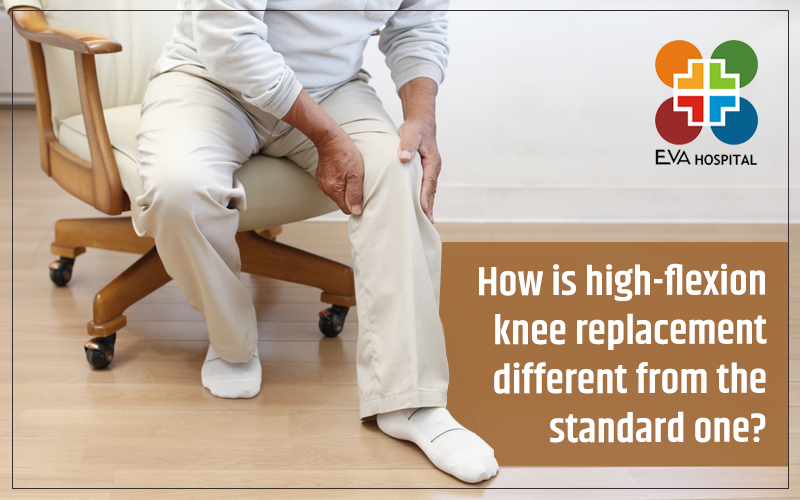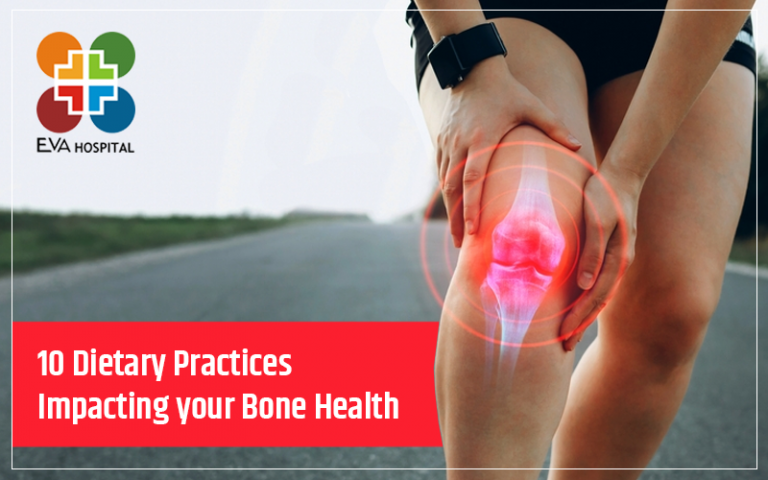
How is high-flexion knee replacement different from the standard one?
Newer advancements have made it possible for people to enjoy greater levels of mobility after their total knee replacement (TKR). This has been made possible with high-flexion knee replacement, a procedure that is fast gaining popularity because of its several merits.
Understanding knee mobility
The flexion in your knee is an evaluation of its mobility. It is expressed in terms of degrees. The normal knee flexion range could be anywhere between 0 and 150 degrees.
Performing different daily tasks using your knee requires different degrees of knee flexion. Your knee is at around 90 degrees when you are sitting in a chair. Walking up and down a staircase requires 90-120 degrees of knee flexion. Similarly, getting in and out of a bathtub requires up to 135 degrees of knee flexion.
On the other hand, kneeling, squatting, and sitting cross-legged – common activities in Asian and Middle Eastern Countries due to social-cultural factors – require higher degrees of knee flexion. In fact, in performing certain social, cultural, and religious activities, a knee flexion angle of 150°–165° is required. This is a prime reason why patients in patient’s East Asia, including India, require a greater range of flexion compared to that patient from western countries.
What is high-flexion knee replacement? How is it different from standard TKR?
High flexion knee replacement is known to increase the knee flexion range of motion by 15-25 decreases when compared to the standard total knee replacement surgery. The post-operative flexion in this case may be up to 150 degrees. By enabling better flexion, high-flexion knee replacement keeps the person in question in better health and frame of mind.
High flexion knee replacement is more commonly used in patients below the age of 65 and people who wish to perform intensive leg work post-surgery.
Things to know before signing up for high-flexion knee replacement
Both standard and high flexion knees can last only up to 20 years, with the former known to outperform the latter in some instances. Previous research shows that the rate of revision after 20 years of use can be as high as 5.2% for the high-flex type while it is approximately 3.2% in the case of standard knee transplant. More recent studies show high-flex TKA type is safe to use and has the same service life as the standard type.
Even though high flexion surgery targets providing the patient with his maximum range of motion, a variety of factors influence the outcome. The most crucial of them all is how much flexion did the patient have before the surgery.
Factors that influence the success and final outcome of the high flexion knee replacement surgery include the type of implant used, the patient’s gender, age, weight, femoral size, ligament status, the range of motion before surgery, tibiofemoral angle, type of disease in the knee joint, surgical techniques by medical personnel, and postoperative therapy.









